My first six months with the Leica Q3
Update 06. April 2025: Some more thoughts after a year…
It’s now almost six months since I bought my Leica Q3. I’m taking this opportunity to share a few more thoughts on this camera as well as on my decision. First of all, I would like to emphasise once again that this was a really big step for me. After 13 years with Fujifilm, I took this path very consciously – but also somewhat wistfully. And by this path I mean both my decision in favour of the one camera – one lens solution as well as the switch to Leica.
During these six months, I had enough time and opportunities to try out the camera in practice. There was travelling, a wedding, some cool events and also a bit of – yes – just time with the camera. For this reason, I am confident that I can give a realistic and thorough second impression here. I already gave a first impression here at the very beginning – especially in comparison to the Fujifilm X100VI.
Here I will concentrate on the questions: Was it a good decision and is it working for me?

Part One – The switch
I’m not a person who frequently changes camera systems. However, as I’ve been photographing for almost 40 years now, I’ve nevertheless done this here and there – mostly when major developments have taken place (e.g. autofocus, digital, etc.). I was mainly with Olympus and Nikon in my analogue days, then again with Nikon and Olympus in my digital days – and finally with Fujifilm since 2011.
As mentioned several times, I never seriously considered Leica. The fact that I’ve ended up there for the time being makes me think sometimes. Have I become too old? Do I have too much money left over? Have I fallen into this Leica myth trap? (Please take the video as it is intended, with a twinkle in your eye…) Somehow there will be a bit of truth in all of this, I’m only human after all. And as humans, we are always influenced, whether we like it or not.
Please don’t take it so seriously… of course there are really quite solid personal reasons for my decision.
The uniqueness of the Leica Q3
So, why Leica? Why not Sony, Nikon or Canon? Quite simply because they don’t have a Q3. I didn’t switch because of full-frame and also not because of – I don’t know – more features or faster autofocus. The latter would also be ridiculous, because that is certainly even less of a domain at Leica than at Fujifilm. The Leica Q3 is the only reason for my change. If it didn’t exist, I wouldn’t have ended up with Leica. This camera is unique in the market! Period.
Even if this change is quite serious for me, Leica and Fujifilm also have a lot in common. For me, both primarily build real cameras for photographers and less just work equipment. And both have a photographic soul, but that’s another topic…
If you look at it another way, I didn’t just change a system, I changed my general approach. If there was no Leica Q3, I would still be with Fujifilm, and I would be fine with that.

Part Two – The Leica Q3
Is the Leica Q3 really that good?
For those who don’t feel like reading so much or so many details, I’ll start here with the central question. A question I could answer either way. I could answer here in typical review mode with a ‘yes and no. I’ve somehow done that in the first post about the Q3 and I’ll do a bit more afterwards. Because nothing is perfect in this world, certainly not a camera.
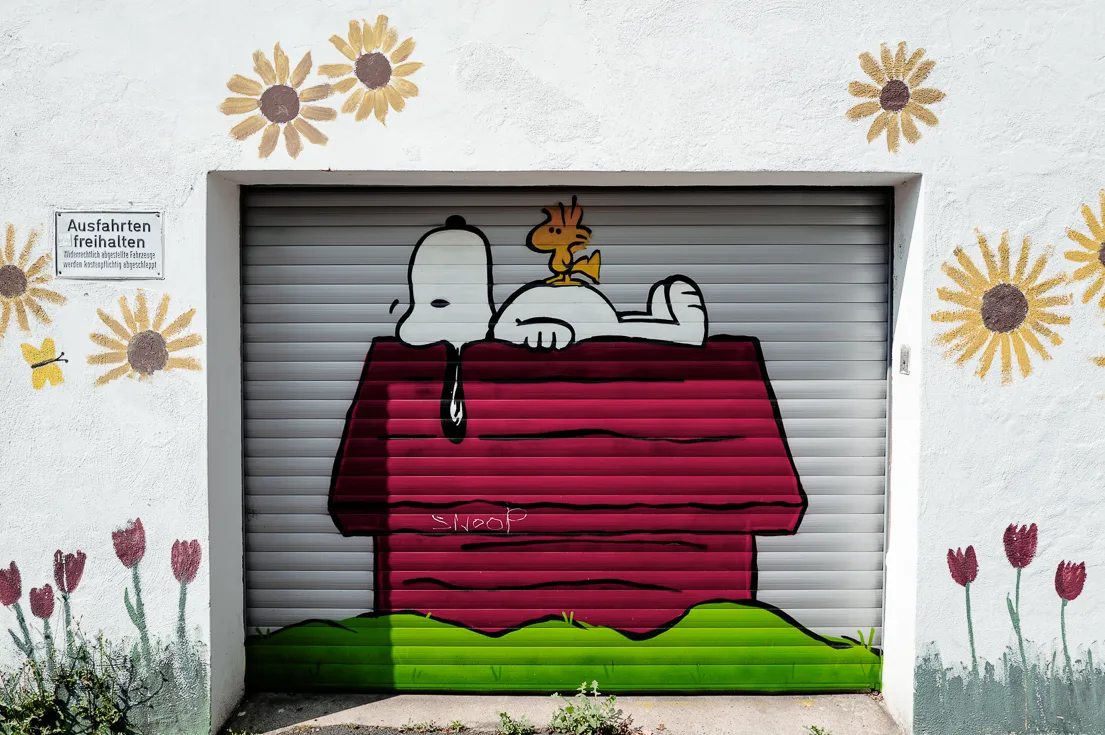
But before I go into that, I’ll make it easy for myself and answer that question with a clear:
YES. The Q3 is really that good…
… even with its minor imperfections you might see. Or which you could simply overlook – so as not to exaggerate them unnecessarily. However, for those who want to know a little more, here are some short chapters with a couple of specific pros and cons… think for yourself.
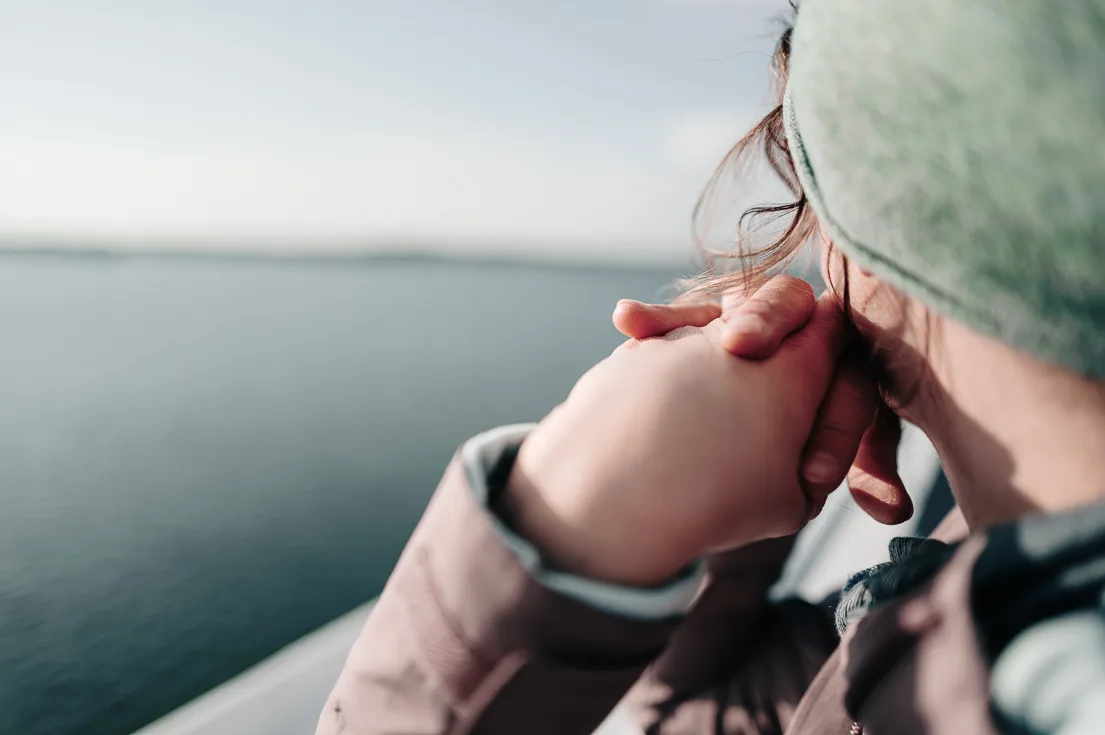
Image quality
Come on, not again! It’s superb, no ifs, no buts.
Usability in practice
Ok, I don’t want to go into too much detail on most topics – but how does the camera perform in practical use? UX remains very important to me, because I always want to have a camera that works for me like an extension of my eye and hand. I don’t want to spend too much time thinking about the camera, I want to think about the image. So here are a few updates on the areas that are most important to me.
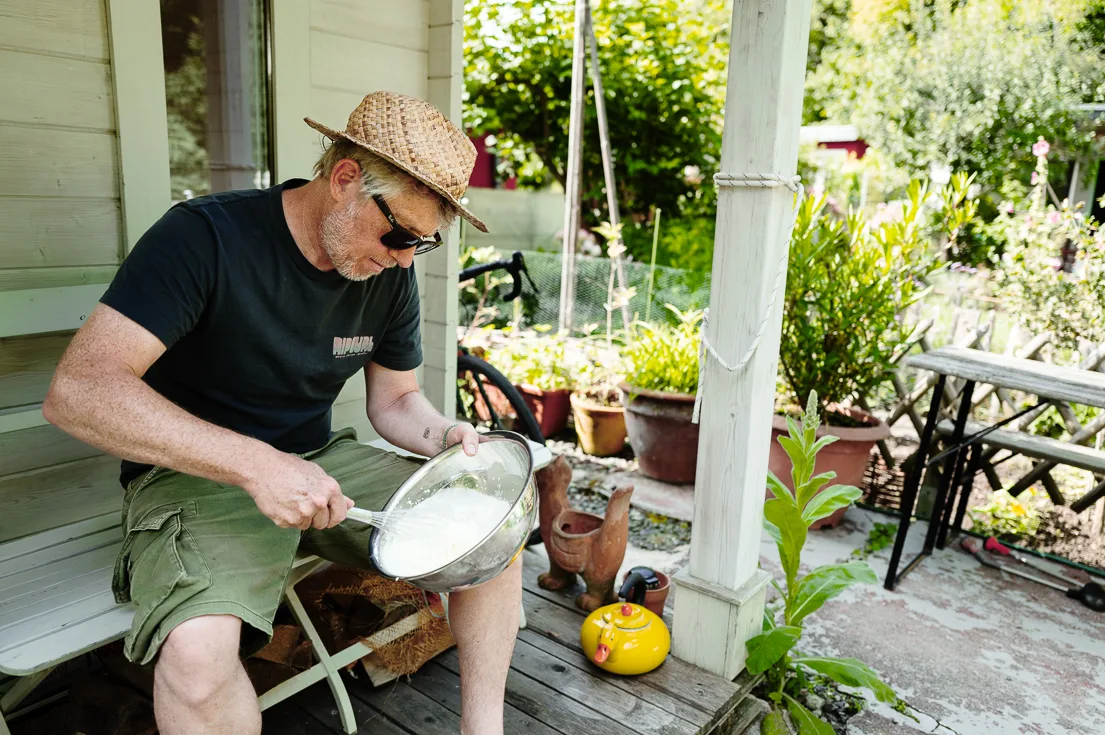
Portability
The camera is certainly not pocketable. However, it is easily portable. I can hold it in my hand or hang it around my shoulder for hours, even when I’m walking many kilometres through a city. And all this without getting neck pain or a cramped hand. That’s the most important thing for me anyway.
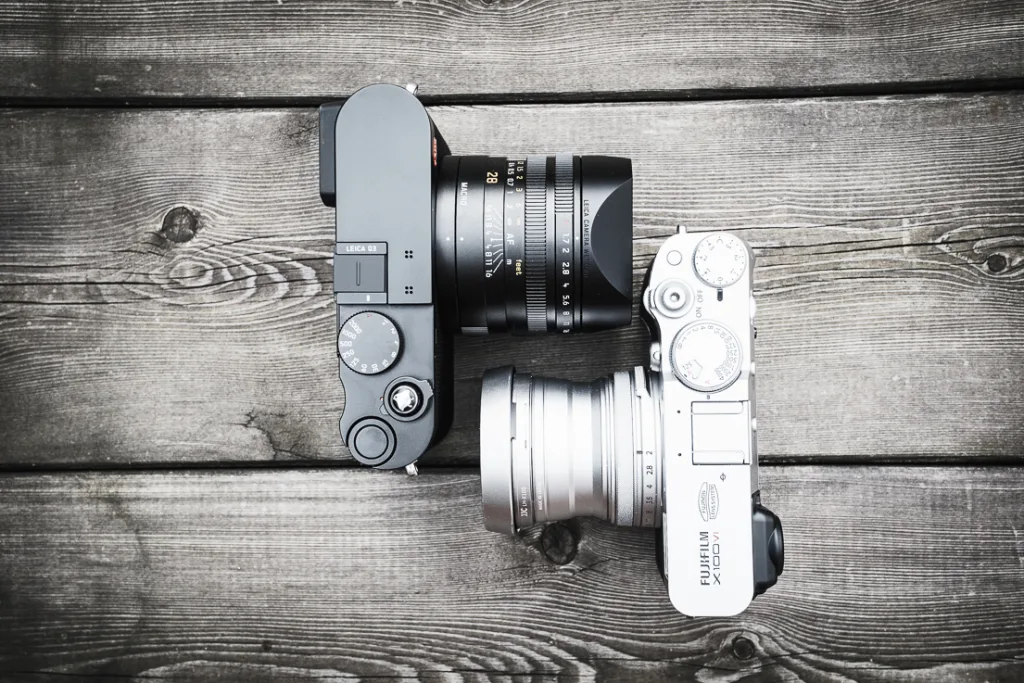
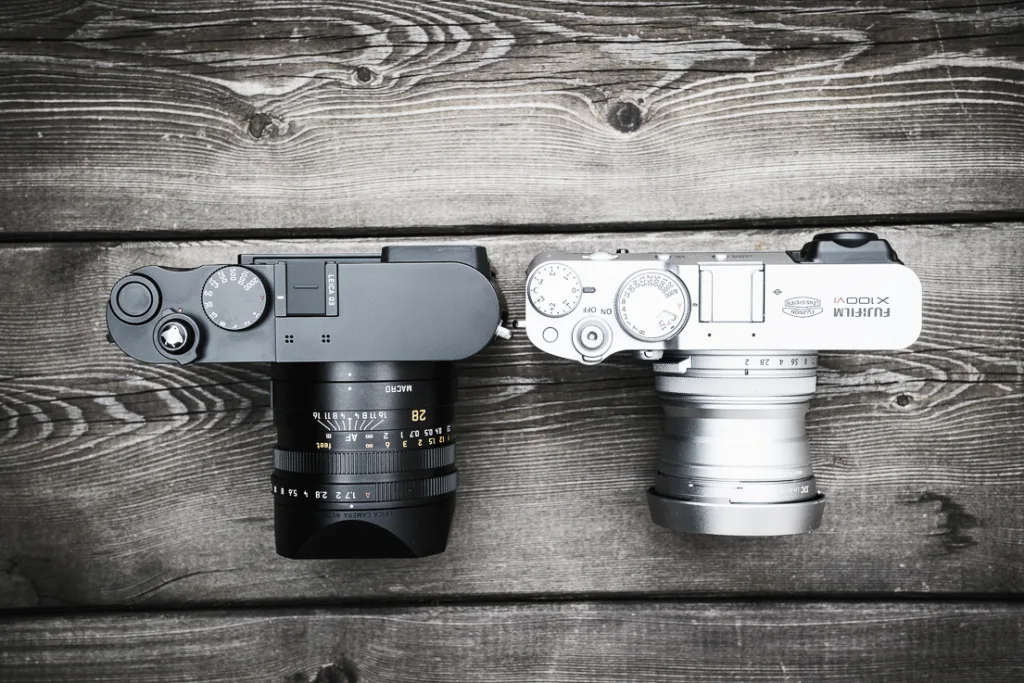
I would rather avoid this for all-day hikes. It would work, but be too uncomfortable for my taste. Not so much because of the weight, but because of the shape and the lens that sticks out a bit too much. On our tour on the South West Coast Path last year, I usually had the Fujifilm X100V (without the converter lens) hanging around my shoulder – that was OK, but about the maximum size and weight for me. And most of the time I used the iPhone anyway.
Ergonomics
Yes, it works for me. The main important points here are:
- A good, easily accessible control centre in the menu,
- a simple and logically organised menu in general,
- as many buttons and dials as necessary, which
- are easy to reach and operate.
These four points allow me to quickly adjust everything I need when shooting. In summary, ergonomics (with the attached grip) is very good – apart from the missing joystick (see below).
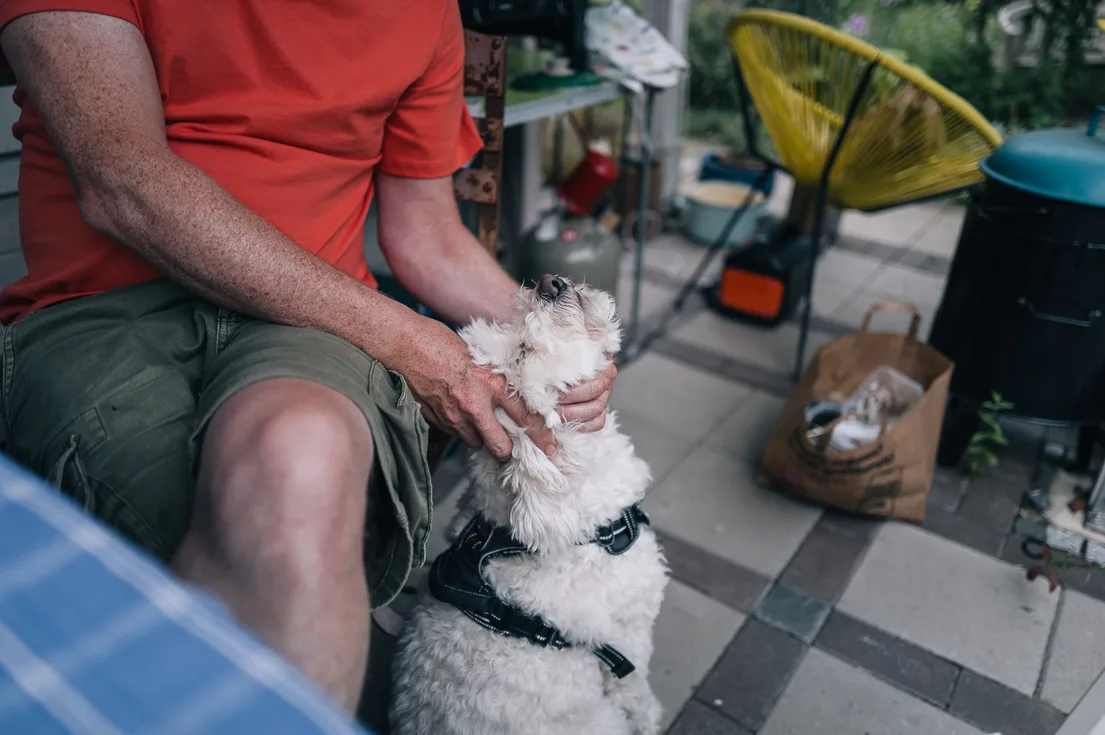
Performance
The general performance and responsiveness of the camera is more than sufficient for me, I never really have to wait for anything. Switch-on and switch-off times and waking up from standby are OK – perhaps with a little room for improvement. Browsing the images on the display is also fast and smooth. The initial problem with the slight delay when deleting was apparently also fixed by a FW update. I also never had any problems with the storage times or a too small buffer.


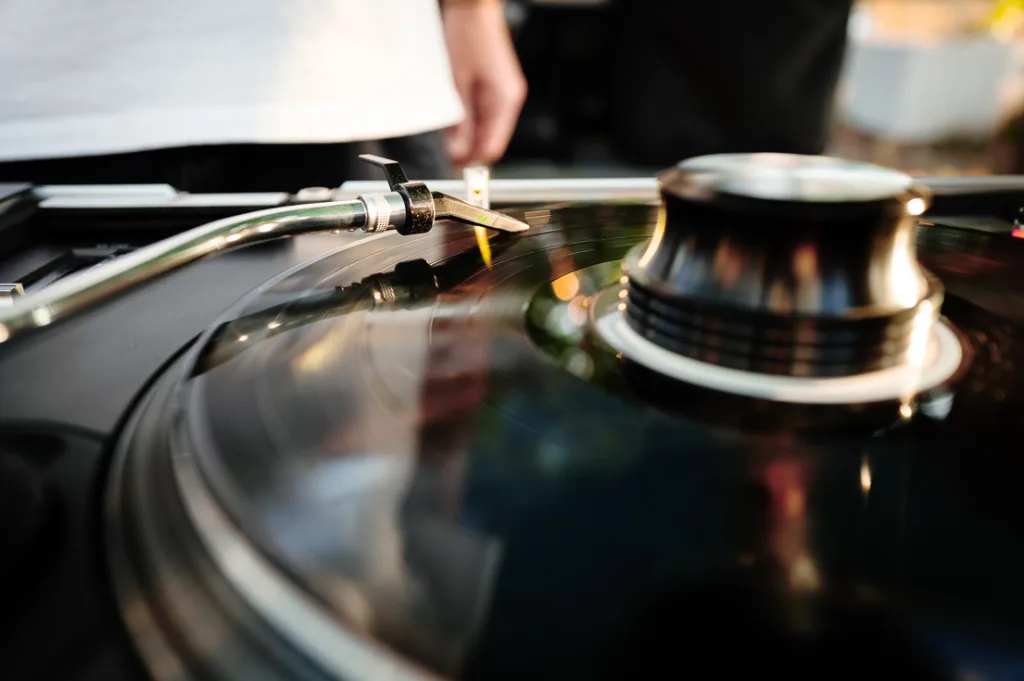
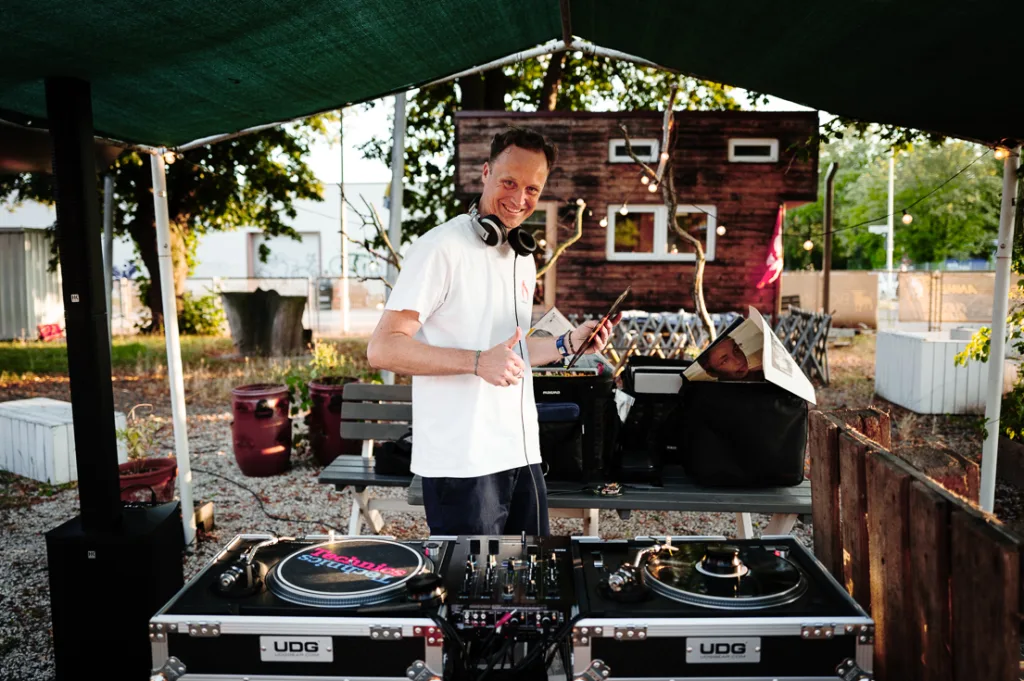
Autofocus
I stick to my initial assessment, the autofocus (AF-S) is – in most situations – good enough for me and my photographic use. Good in the sense of reliable and fast enough, I mean. AF-C, face detection and AF-tracking turned out to be rather so-so after a few uses, but I rarely use these features anyway. I don’t use the camera for video, so I can’t say anything about autofocus here.
Since I made the restriction ‘in most situations’ above, here is a brief explanation. In situations where I take a single image of the situation, the AF-S is definitely fast enough. Even if I have to react relatively quickly, it usually works well.
On the other hand, in fast documentary situations, for example when I’m photographing people at work and they move a little unexpectedly, it doesn’t always work perfectly. I would say it’s a bit below the level of a Fujifilm X-T5. But since AF-C with AF tracking is not an alternative here either (it’s simply not good enough), I would wish for a little bit more speed and accuracy – or for a real improvement in AF tracking.
But that’s already nitpicking at a high level. You simply have to realise that there must be technology-related differences to, say, a Sony A9 III. Obviously, the Q3 was never intended to be an AF speed demon.
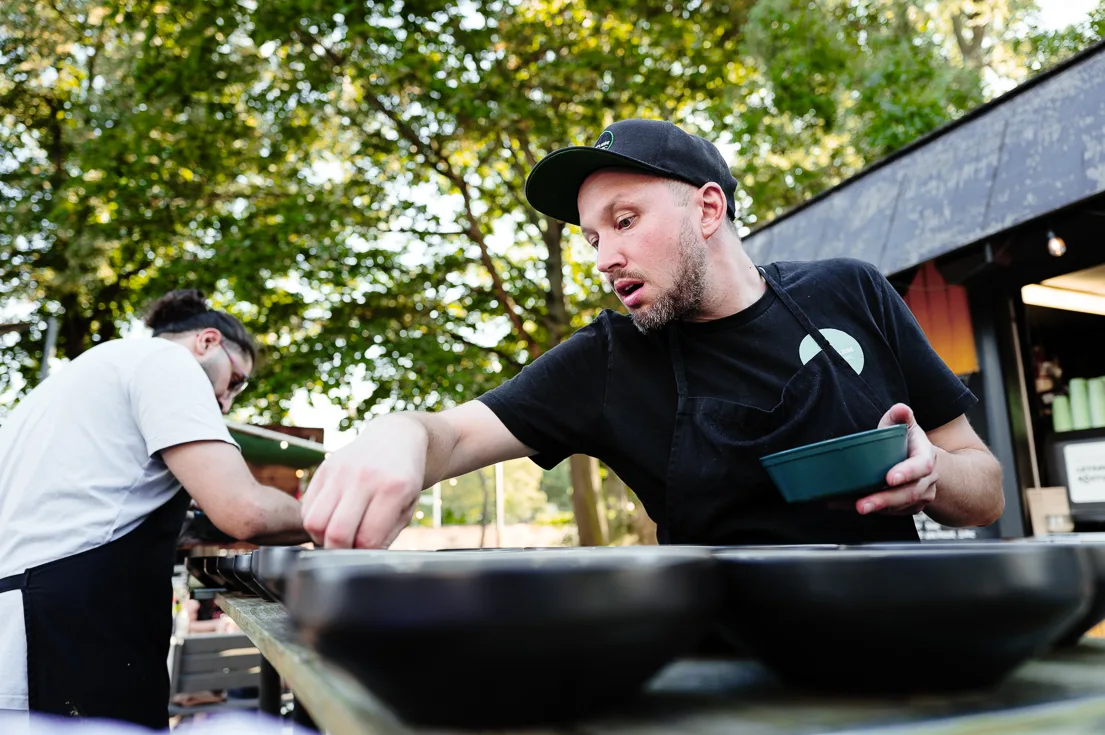
The Autofocus Fields
I should perhaps mention that the so-called spot point (one of four AF measurement methods) is of course not quite as small as the cross might suggest. So, pay attention to whether what you want is really in focus. A small and, ideally, customisable spot square would have been a slightly better solution. That’s not a real flaw, I’m just pointing it out here.
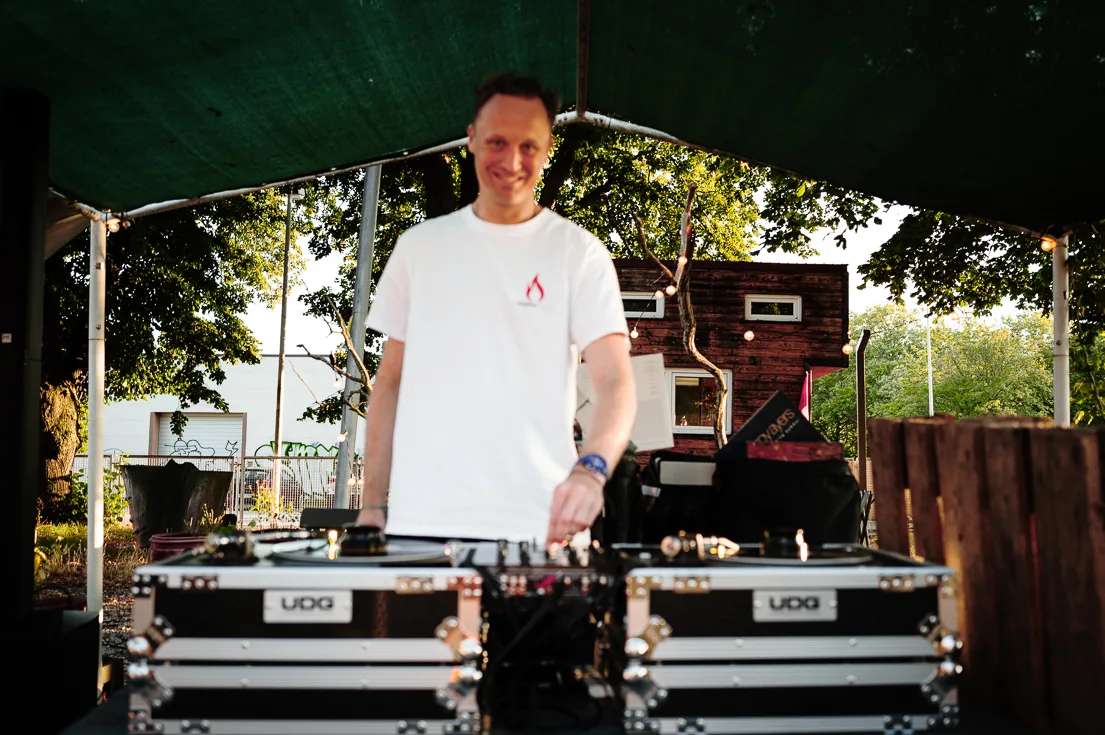
Manual focus
Yes, it’s maybe the best implementation ever of manual focussing on an autofocus lens – perhaps together with the new Hasselblad XCD-V lenses. With the focus tab, the defined fixed stops of the focusing ring and the distance index, it feels ‘real’. By real I mean that despite focus by wire, it feels like a manual focus lens. But does it also feel and work like a Leica M lens, as many say?
Unfortunately, I have to disappoint you here a little. It’s not like an M lens!
The reason for this is not focus by wire, which isn’t really noticeable as such. It is also not, or only partly, because the Q3 is logically not equipped with an optical split-image rangefinder. It is mainly due to the implementation of the distance setting on the focus ring of that lens – or more precisely, the range of its movement for setting the distance.
This is very well realised for short and very short distances – and there, of course, it is even superior to a rangefinder due to the different design concept. You can’t get that close with an M – or only with some very modern M lenses and the use of the display or an attached EVF. Which, however, only works with newer digital M cameras.
So, what’s the point here?
For distances of approx. 1 metre and above, the situation changes increasingly. As a result, the Summilux of the Q3 jumps from 2 metres to infinity in just a fraction of a turn. Even the tiniest turn of the focus ring makes a big difference. It is very difficult to achieve precise focussing here, at least wide open. That’s not the case on typical M lenses. Just take a look at the focus rings of the three lenses in the picture below and you will understand the difference immediately.
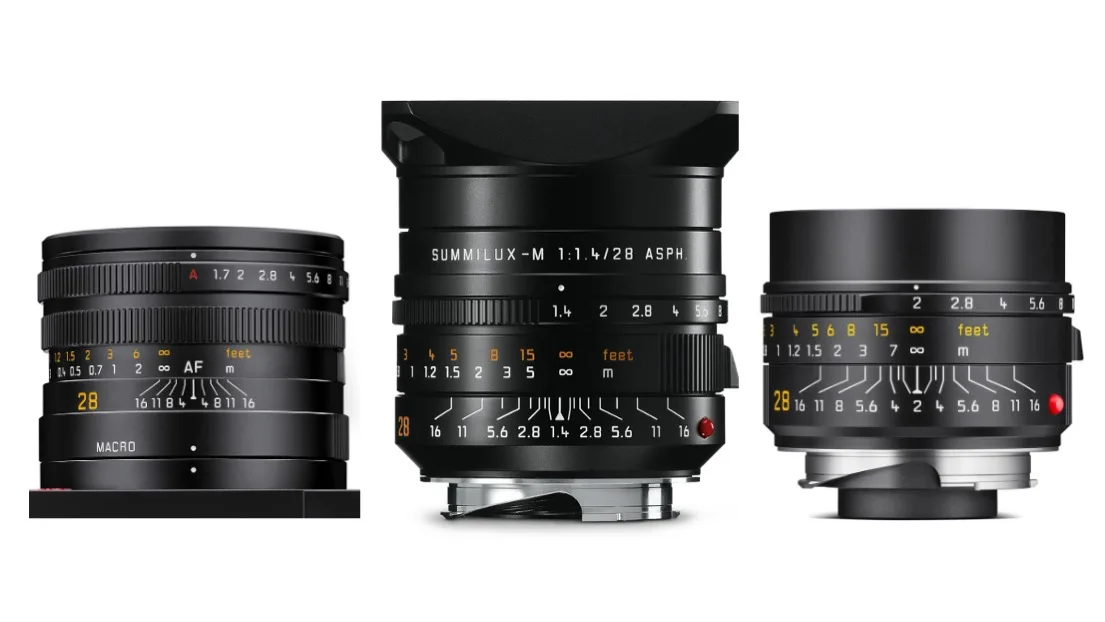
For what it’s worth, the Summilux on the Q3 is not the very best option for manual focussing in real world use – outside of really good functionality at close range. I don’t hear anyone remarking on this, for whatever reason.
Nevertheless, it naturally retains its aforementioned advantages over typical AF lenses. Not that I’m being misunderstood here. It’s still better than with most lenses – except manual ones. And especially except with M lenses. 🙂
Battery life
The battery life is OK, actually even quite good. However, it’s not as good as I initially thought. Yes, I usually get through the day with one battery, but I bought a second one anyway – and have needed it from time to time. In contrast to its predecessor, the Q3 can be charged via USB-C – i.e. also using a power bank – but of course this takes time. All in all, I am glad that Leica has improved the already quite good capacity of the Q-series battery with an even more powerful version.
There is one thing you should consider if you want to save battery power. Wi-Fi consumes a lot of energy and is switched on permanently by default here because of the possible connection to the FOTOS app. The setting is hidden in the menu under the term ‘Leica FOTOS’. You can either set it to Eco mode – this keeps Bluetooth switched on and Wi-Fi switches off after 5 minutes without use. I don’t see any disadvantage in this. Personally, I have even set it completely to off, as you can switch it on super quickly in the excellent control centre of the menu if you want to connect the camera to the app.
Oh yes, the mechanism for removing the battery remains damn cool – and Hasselblad has apparently now copied it for the X series. 😉
By the way, charging the battery takes several hours, whether in the charger or via USB-C. I hope this at least has a positive effect on its lifespan. After all, the batteries are no bargain either…
File size
I hear a lot of people saying that 60 megapixels is way too much and the files are therefore too large. I disagree twice over. For me, the 60mp sensor on this camera is a huge plus – in terms of image quality and, if necessary, for cropping. Yes, the files are quite large (DNG on average around 80 MByte). But given the size and prize of today’s computer storage media, I think that’s quite OK – at least if you take photos like I do. If you bring home 2000 pictures every day – OK, you might have a problem.
The good thing is that the Q3 is also perfectly equipped for this case or if you really don’t need or want this resolution. The so-called Triple Resolution Technology, meaning the ability to switch to 36 or 18 megapixels even in RAW, is very smart. The fact that you can gain some additional dynamic range as a result of this pixel binning is another plus – in theory. But don’t expect too much here. In real life practice, though, I couldn’t tell the difference.
What could be better in the good
Even though I’ve largely moved away from the ‘more and more – better and better’ attitude, there are still some things I’d like to see. Dear Leica company, if I had three small wishes to make this camera even more user-friendly, here they are:
- Please get a grip on the noise and jittering of the image during focusing on the otherwise excellent EVF. This sucks!
- Please simplify and improve the already very good menu even further, also with more touch functionality.
- Please make it possible to reset the focus point to the centre at a (double) click of a physical button.
Unfortunately, I can’t wish for a fourth point, because that would require more than a firmware update: a joystick. This would be better for selecting the focus point. It works with the 4-way paddle, but it would be nicer otherwise.
Do I miss the Fujifilm film simulations? Heck yes… I do! I’m still fiddling with my own presets for the Q3, but it’s a bit harder without these cool simulations as a base. And for quick JPGs and social media, the presets in Lightroom are no solution either. So, more and better Leica Looks would be very nice – including the option to design your own and load them into the camera. Come on, Leica! 😉
Apart from that, however, the Q3 benefits from Leica’s typically excellent colour science. This is also a good basis to work with.
What I really adore about the Q3
It is first and foremost a camera for photographers! With a real aperture ring, largely intuitive operation and a reasonable size. It’s fast enough. It’s beautiful and I like shooting with it. It’s insane fun to use it. It inspires me and makes me want to photograph. On top of all that, I love the focal length – it’s by far my favourite and how I see the world. As the cherry on the cake, the Q3 delivers outstanding image quality – primarily thanks to the excellent sensor and the exceptional Summilux lens.
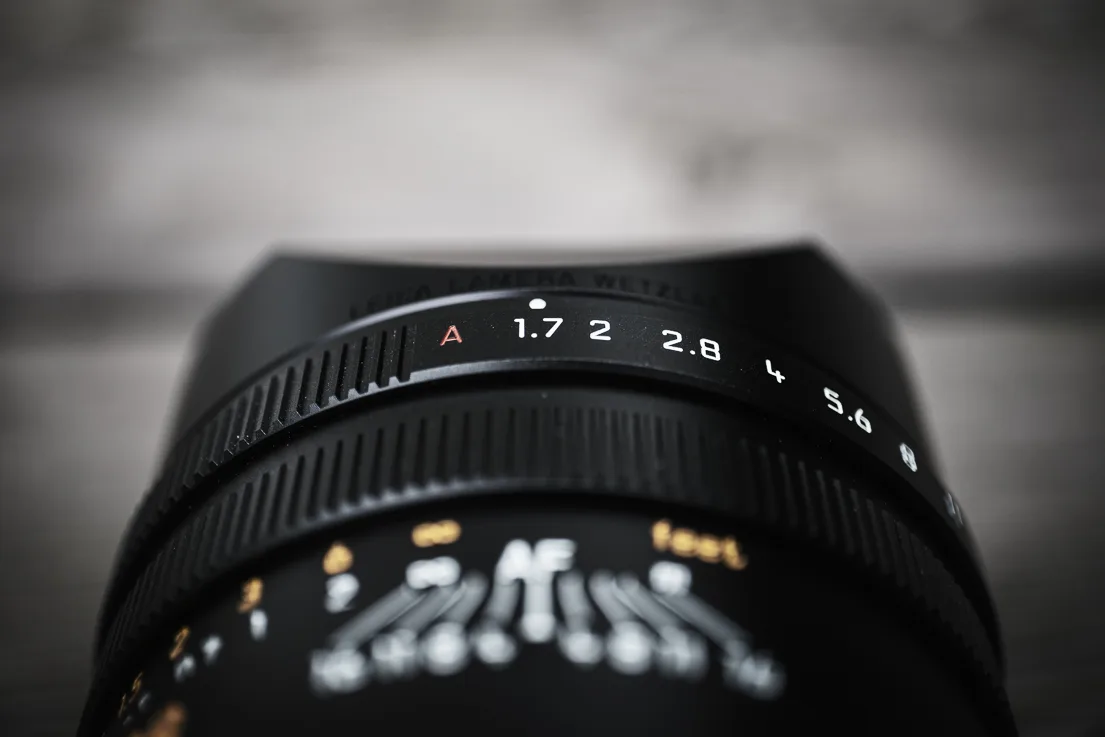
There’s not really much more to say in detail – or I’ve already mentioned it in the other posts.
What does that mean for me?
For me, the advantages are so overwhelming compared to the disadvantages that I don’t bother with the latter. I take it easy here and simply forgive the Leica Q3 a few little quirks. What is the result?
Quite simply: the Leica Q3 is the only camera I would ever need (for photography).
In other words, the Leica Q3 is so good that it’s a waste of time and thought to wish for anything else. OK, to be honest, with very few exceptions, this statement would also apply to the Fujifilm X100VI. And probably also to a Fujifilm X-Pro4, if there ever is one. But the Q3 with the 28mm focal length – also playing a little bit in another league – simply suits me better. Even if we all know that it’s not really a 28mm… 😉
Does that mean I’ll never use another camera again? No, but I wouldn’t need another one for what I’m doing at the moment. Not even the Leica SL3, which I was recently given the opportunity to test. At most, I might want one…
Isn’t that cool? And isn’t that liberating? Yes, it is! 🙂
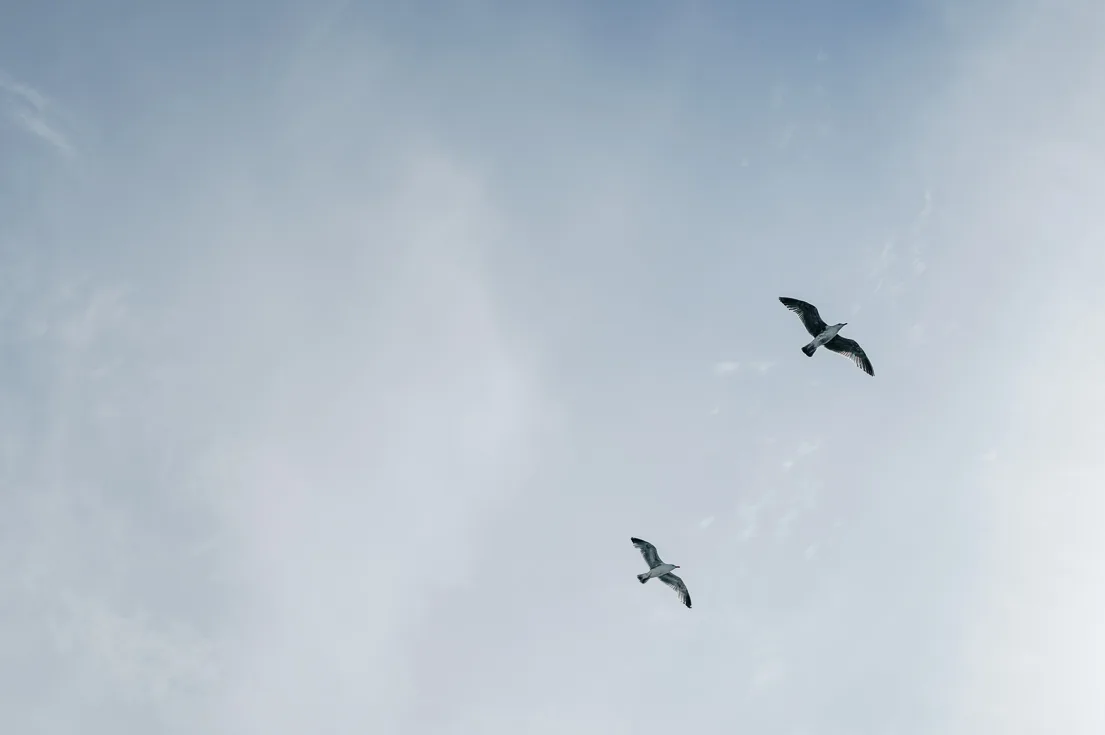
The Leica thing…
Almost at the end of the post, I’d like to say a few words about this whole Leica thing. About the hype, the myth, the something special. Yes, there is something special about holding a Leica in your hand and using it. It doesn’t make you a better photographer and it especially doesn’t make others worse. But there’s still something to it. I can’t close myself off to it, neither haptically nor emotionally. The Leica touches me somehow…

However, I very much hope that Leica will resist the temptation to become a pure luxury brand in the future. Prices, especially for the M series, have already reached levels that are difficult to comprehend. It would be such a shame if these great devices were only affordable for the rich and not for dedicated photographers – especially younger ones.
Part Three – What did I learn?
The real perk of this camera is my realisation of what privileged tools I’m working with these days. If camera development were to stop, so what? I would have no problem with that until the end of my days…
As I have just mentioned, I am of course aware that the Leica Q3 is not the one and only camera that does this. Most current cameras on the market are at least as good from a technical point of view, some are even significantly ‘better’ – in the sense of ‘more advanced’. A few weeks ago, I have been following the presentation of the new Canon cameras, the R1 and the R5 MKII. Holy moly! Technology is sick these days!
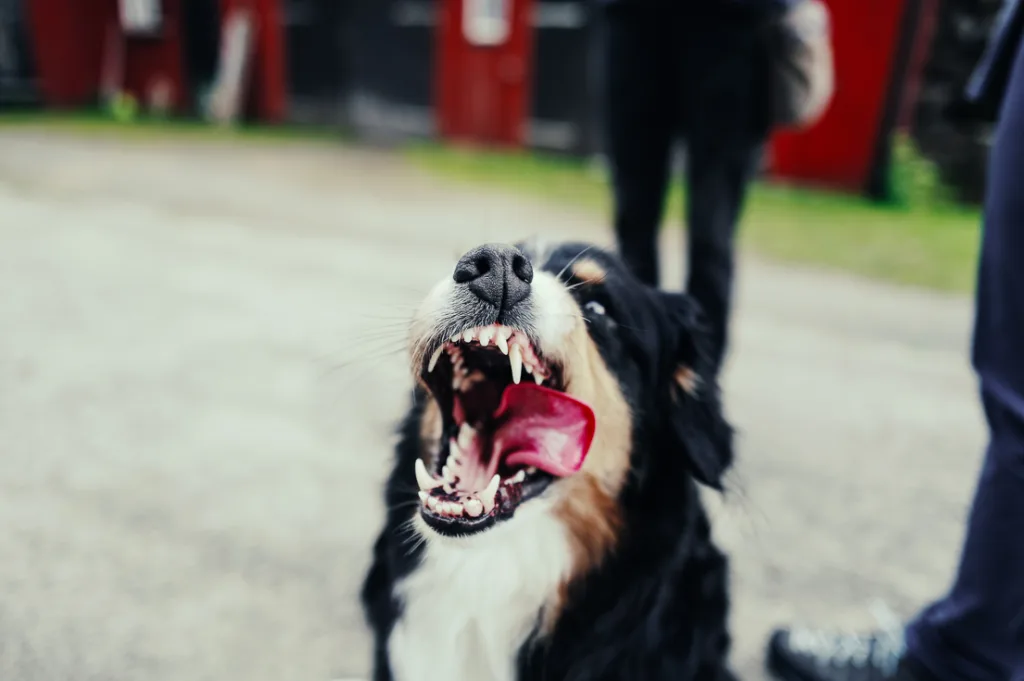
I’m indeed fascinated, but it doesn’t really matter to me. In my photographic life, in my reality, I have no real need and no usage scenario for such infernal computers with an attached lens. I simply don’t need them. And these tools don’t inspire me. They don’t touch my soul.
If the Leica Q3 has taught me anything, it’s two things:
- Use what you have and maximise its potential!
- Learn to see the world with one lens and use it to tell your own stories!
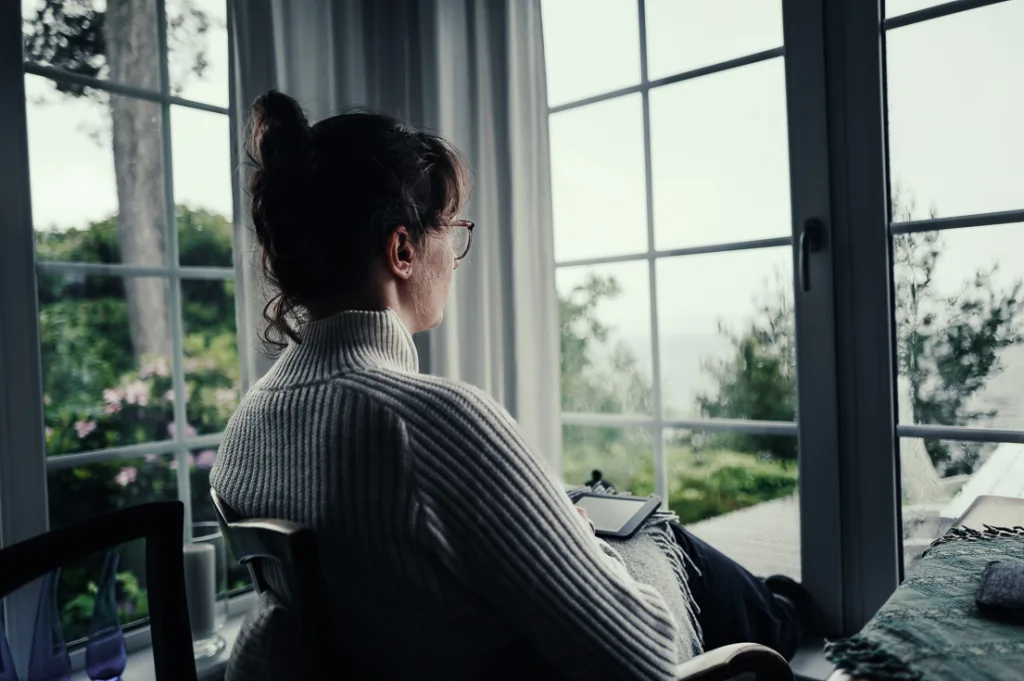
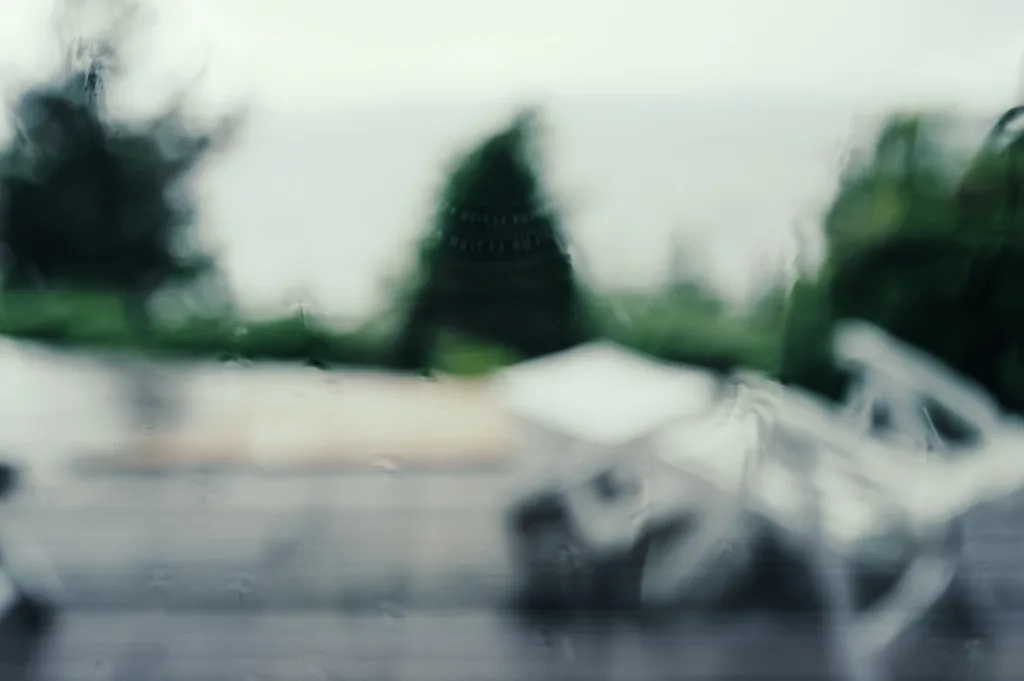
I know that’s easy to say if you’re in the privileged position that I am to be able to use a camera like this. But if I didn’t have the Leica Q3 now, I’d probably still understand. Yes, gear definitely matters, but passion, creativity and experience matter even more!
I don’t need a Leica, nobody really does. But at the moment I do want one, at least a Leica Q3.
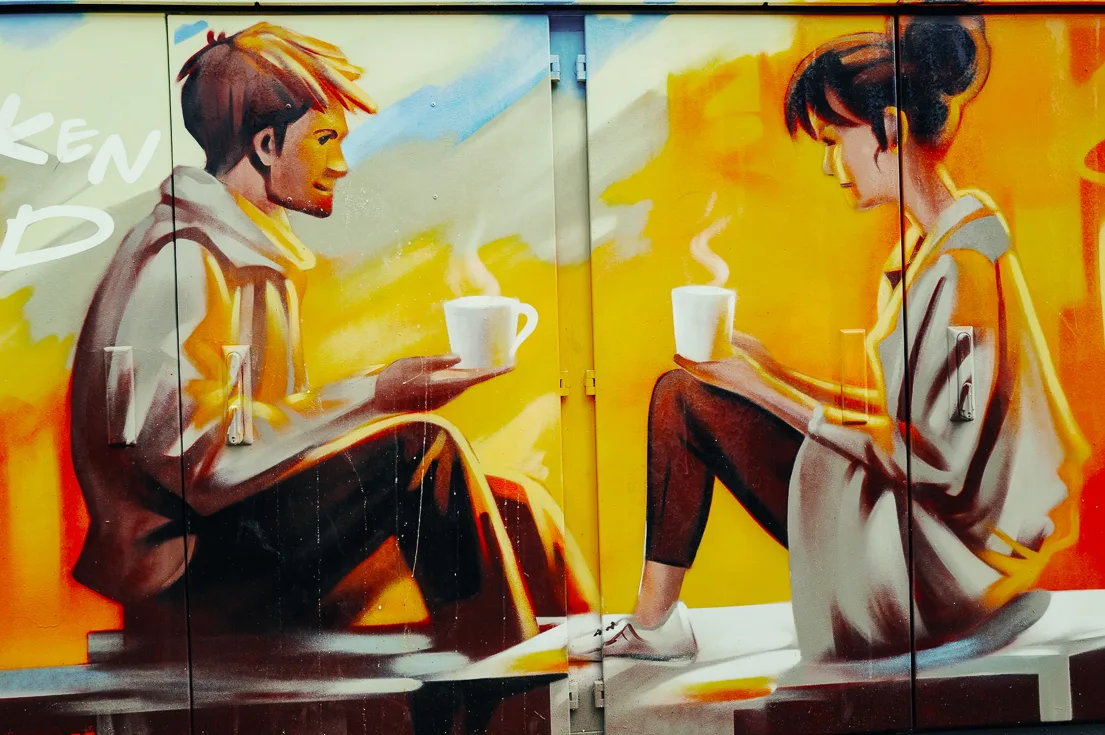
And now relax, stop thinking to much and enjoy a coffee! 🙂
There is always light somewhere – go out and shoot!
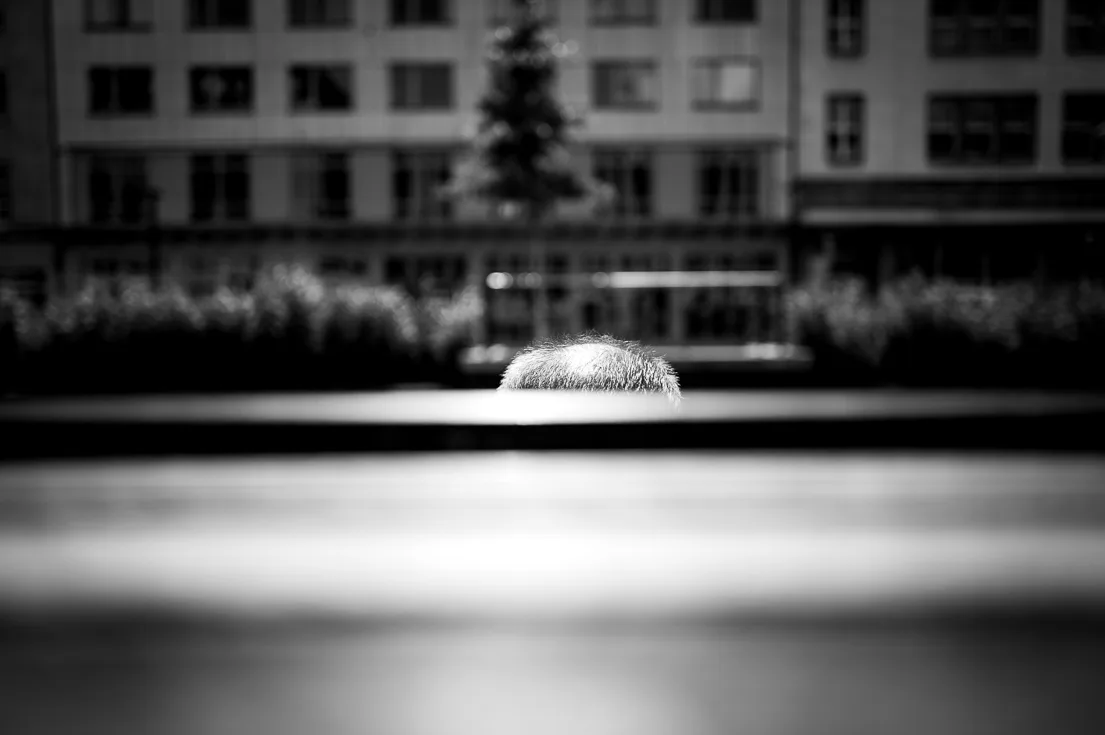

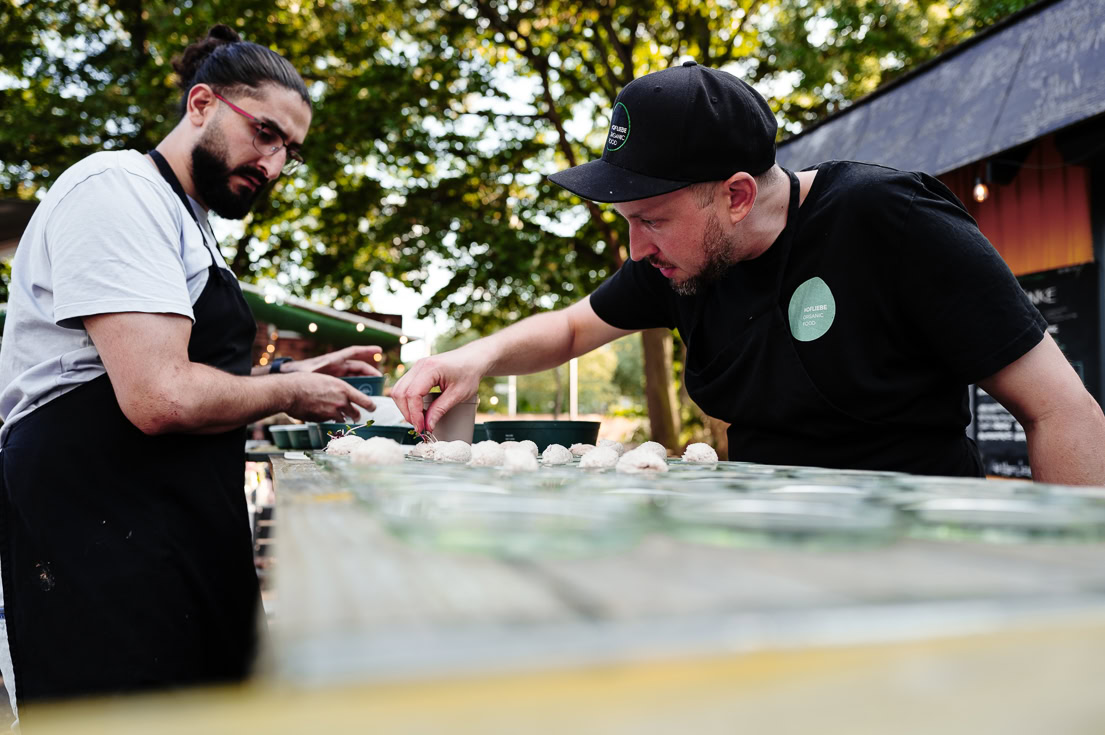
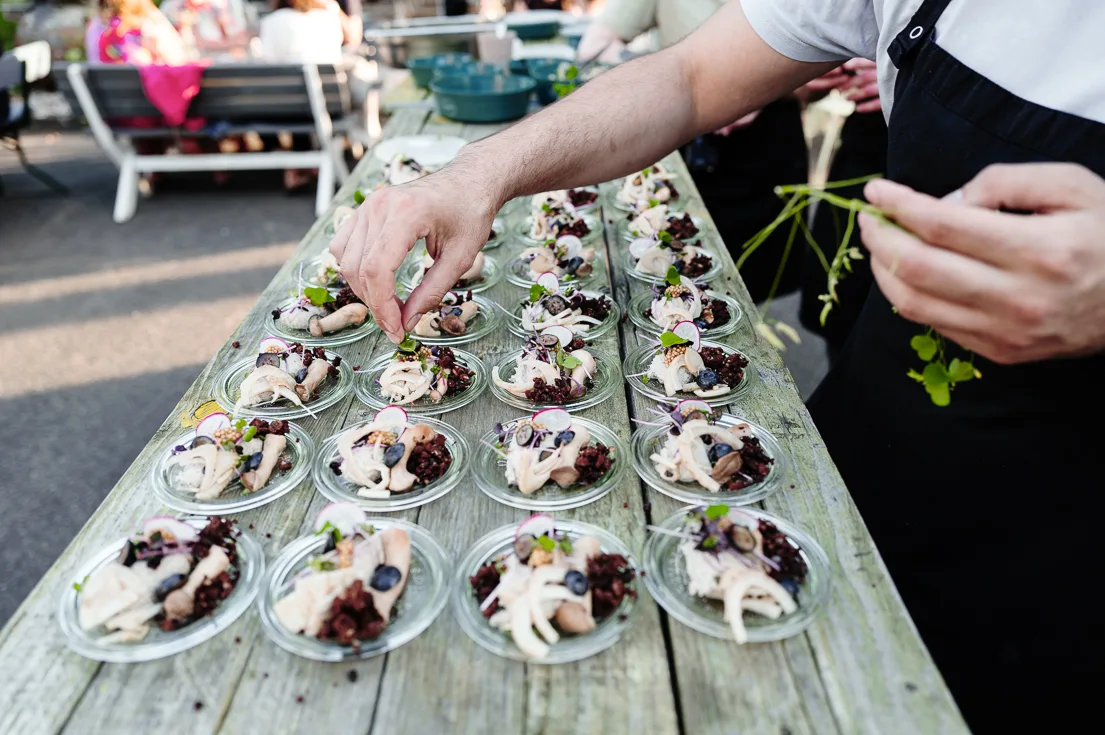
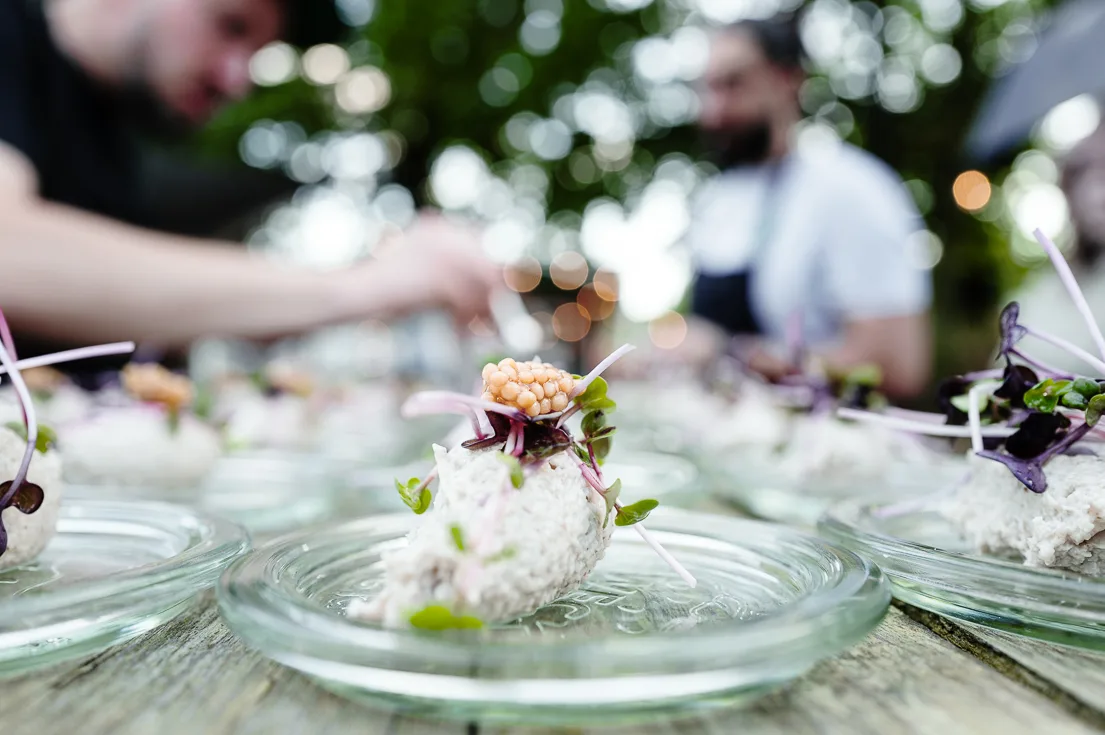
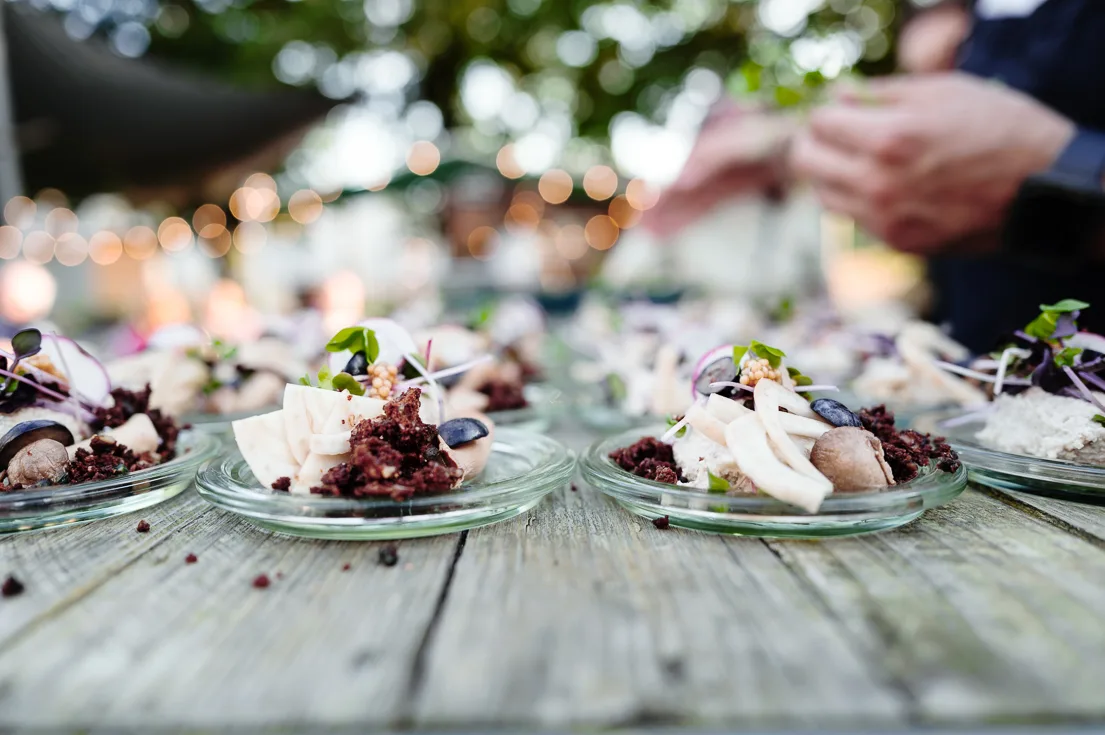
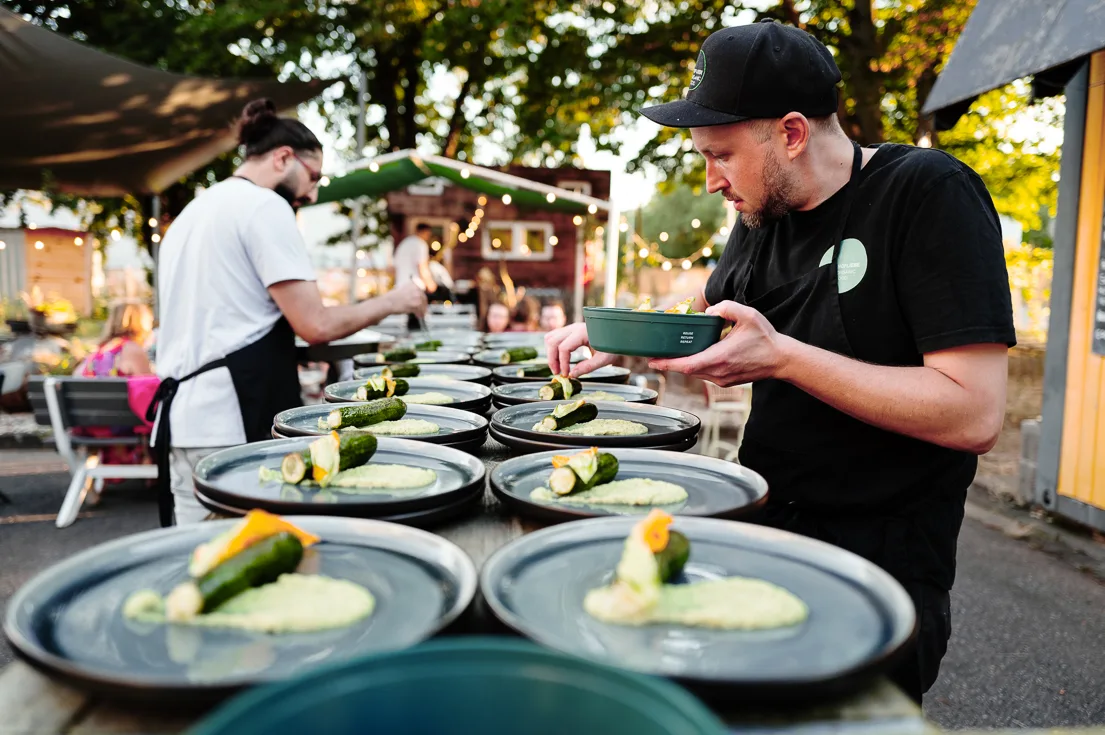
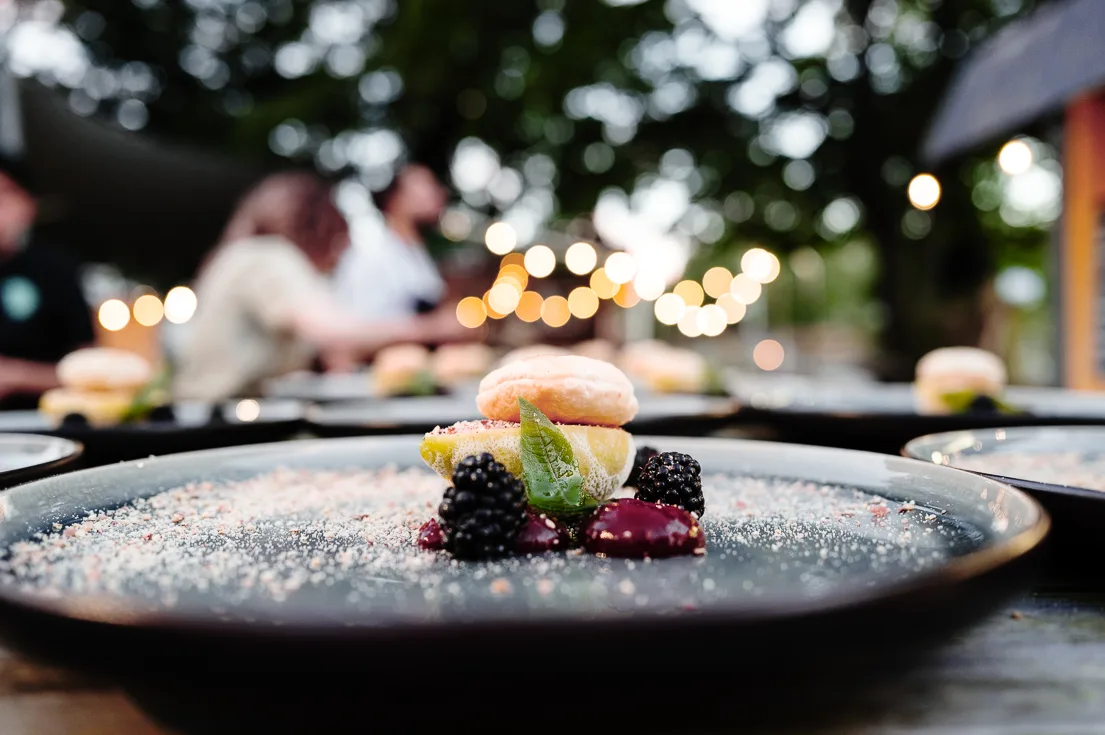
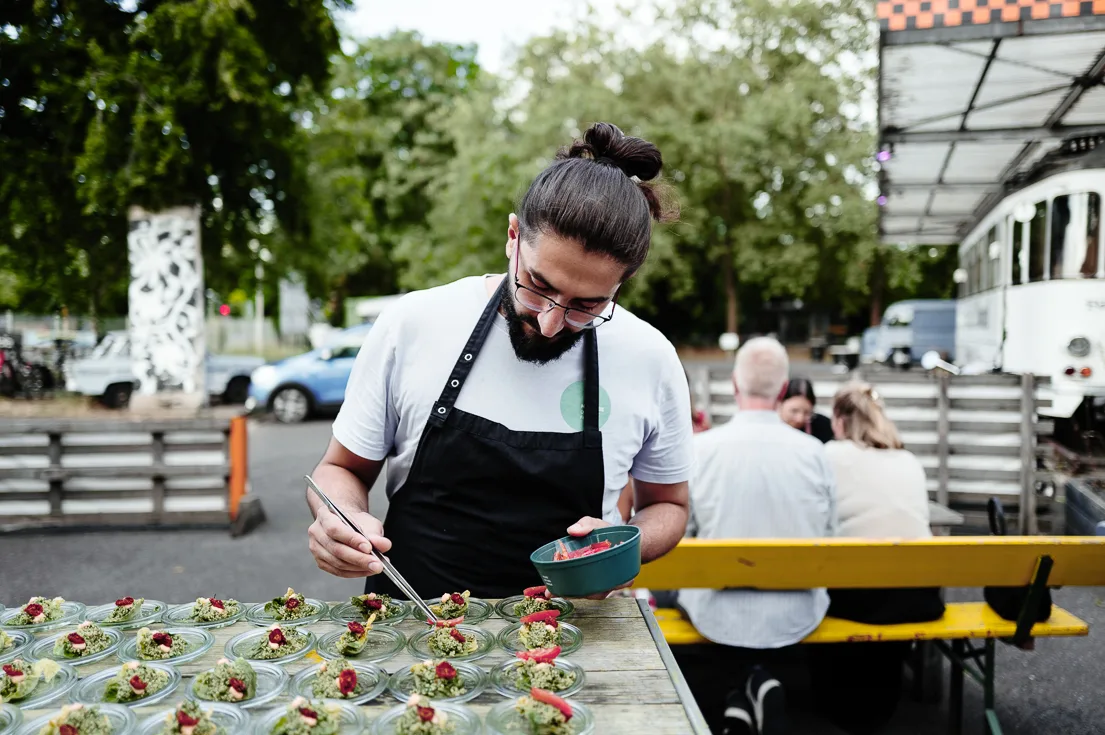
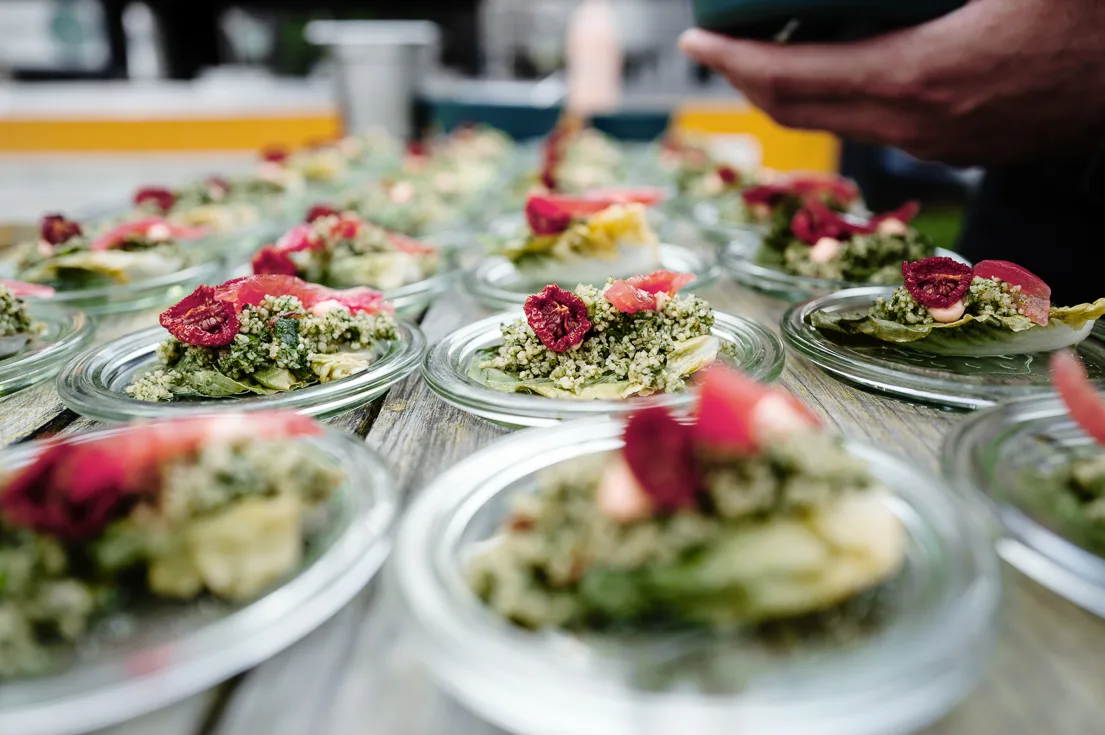
I very much enjoyed reading your review and furthermore beeing part of what you do with your Leica. Excelent photos! I especially love the one with the dog.
keep us up to date about your work!
Spinner 🙂
Aber danke…
Lgp
[…] Update 27.08.24: Some thoughts after six month with the Q3 […]
[…] Update 12.05.2024: Decision made 😉 and Some thoughts after six month with the Q3 […]
well. I’m simply a bit disappointed with this review, neither the pictures taken do really convince me, nor the reasoning behind your switch to Q3. the way you are working with you new Leica suggests virtually no change to your previous Fuji. there is basically not one image suggesting: Oh, yes, this could only have been shot with a Leica.
So, it all comes down to an urge by a talented photographer who is finally, after so many years longing for something new and relatively exclusive. Not that I wouldn’t understand that urge for something new and, may be, more exclusive. just show us somethig to cinvince us. you know, that good old German “Aha-Effekt”
Oh Christian,
it seems to me that it’s not going to work out between the two of us. It’s a pity that you don’t seem to like either the pictures nor my text. That’s totally OK and I have no problems with that. But why are you being so serious and slightly critical? Have you realised that I’m not trying to convince anyone about the Q3 or Leica in general? And that I have made this quite clear in all three posts? Nor did I claim with a single word or picture that these pictures could only be taken with this camera or any other Leica. That would be nonsense and that’s not what this is about.
I’m just telling my story(s) here and how I feel about it. And the very last thing I’m interested in is having something “exclusive”. But I don’t really need to make that clear here either… I just want to have joy and convey joy. Be it with photography, with a Leica, with a Fujifilm or even with a smartphone.
Nevertheless, thanks for reading and for the comment anyway…
Peter
sorry, Peter, i didn’t mean to offend anyone. Only, following your introductory stories, I was awaiting a demonstration of “the new One”. I had to realize myself that I wasn’t made for this one-camera-one-lens theme and now I have bought a Fuji X-E4 which I mainly use for street and travel-photography. But this little camera is full of bugs, and I can only hope that Fuji will soon announce an X-E5, turning the clock back from the minimalist approach of the E4. Which doesn’t mean that I don’t go out shooting with my 23mm lens or the 35/1,4.
Hi Christian,
that’s OK and sorry if I reacted too strongly. Maybe two things to explain again.
I don’t think the Q3 is ‘the one’. Certainly it’s not the one camera for everyone. There is no such thing anyway and I don’t take it too seriously… I just believe that I have found the most suitable camera for me at the moment, which also gives me the most pleasure in photography. The one that suits me best.
It’s also true that it really does deliver visually noticeable “better” pictures than what I’ve been using so far. But neither can you show that here on the Internet, nor is it really that important. It’s also about the feeling and the work with it… and that fits.
In relation to the One Camera – One Lens solution: Strictly speaking, I haven’t really been doing it any differently for almost 8 years now. I’ve been mostly using an X-Pro with 18mm or X100 with converter. Always. I use everything else marginally and never take it with me when I’m travelling. I only have it in the cupboard for rare occasions. I would have sold most of my Fujifilm gear either way. To get rid of ballast, to concentrate more… again, it’s just a feeling.
Other than that: I’m really just doing all this for fun and without any commercial or missionary intentions. If I make someone think, inspire someone, fine. If not, then I’ve done it for myself. That’s fine too and, as I said, I enjoy it.
In any case, I hope that you also find peace with your equipment and that you can concentrate on your photography. That’s what it’s all about 😉
Peter
I think the thong to understand about any camera is the best one is “the one that works for you.” I tried the q3 right when it came out as I happened to be in Tokyo and found it excellent, the lens is amazing, and it was quick to use, and the images appeared clean. I use Canon R5s for my work, but could definitely see using a q3 for my non commercial fine art and travel. It is lovely.
Hi Brian,
thanks for reading and for your comment. I think you put it in a nutshell: the camera has to work and suit someone individually. And if that’s the case, then some things hardly matter these days, because the quality of images from digital cameras has become very high anyway. But yes, in this case it’s also in the very high range, thanks to the sensor and lens.
Cheers,
Peter
Hi, lese Deine Berichte mit Spannung, alle auch schon mehrmals. Trotz X100VI, X-T5 und X-Pro3 lässt mich diese “unsterbliche Versuchung” ebenfalls nicht los. Also schraube ich das 18/1,4 auf die X-T5, um auszuprobieren ob mir der Look gefällt, und ja ich mag die 28mm mit der Freistellung… dann denke ich: puh, ich hab doch die Kombi für diesen Look eigentlich schon hier… soll ich noch mal extra 6000€ ausgeben, um das “gleiche” zu haben?
Und ich springe zwischen Vernunft und Verlangen hin und her, und das schon seit Monaten. Es ist echt schlimm.
Dann stelle ich fest, dass ich oft “im Alltag” schon nicht die X100VI mitnehme, sondern Alltag mit dem Xiaomi 14 Ultra/Leica fotografiere, würde ich also die Q3 mitnehmen, die ja noch mal schwerer und sperriger ist? Wo lasse ich sie im Urlaub, wenn ich sie nicht mitnehmen kann (zB zum Strand)? Reizt mich die Kamera, nur deswegen, weil ich sie momentan nicht habe? Würde ich mit einer Q3 zuhause vielleicht schon nach 2 Monaten nach der “Nächsten” schauen? Classic 1st world problems … 😉
Hi Dirk,
alles logische, nachvollziehbare und sehr valide Punkte! Wenn ich das so lese würde ich sagen: Lass es bleiben! Du wirst wahrscheinlich enttäuscht sein, wenn es nur um den Look geht. Eine X-T5 mit XF18/1.4 ist mega und liefert im Wesentlichen das Gleiche. Jedes “besser” gemachte Bild/Motiv wird die theoretisch “bessere” Bildqualität der Q3 100 Mal “überstrahlen”. Ich persönlich hätte es niemals! allein deswegen gemacht, schon gar nicht bei dem Preis. Für mich war und ist das eine Grundsatzentscheidung und eine sehr individuelle Veränderung gewesen – und eine Simplifizierung. Die habe ich sehr lange durchdacht und nun passt es so einfach zusammen. Eine X-Pro3/X-T5 oder auch jede andere Kamera mit einem 28mm-Objektiv könnte für andere Menschen genau das gleiche bringen. Auch ich hätte damit gut leben können. So ist es für mich vielleicht noch besser und wahrlich ein totaler Luxus und ein Privileg! Auch 1st world problems!
Peter
als Journalist, der seit 1975 auch fotografisch professionell für seine Firma unterwegs war, hat man vermutlich andere Anspruche an sein “equipment”, da man das Hauptgeschehen ja weit überwiegend immer im Mittelpunkt einer Aufnahme haben muss. Das allein bestimmt eben bis heute meine Arbeit bei der Fotografie, Vielleicht bin ich auch deshalb immer schon ein Freund der Zooms gewesen, als diese anfingen, brauchbare Qualität abzuliefern, denn was nützte mir ein Weitwinkelschon zu analogen zeiten, wen der Hauptgegenstand nur 10 Prozent der Action abbildete. Ausschnittvergrößerung? Wenn ich mit diesem einen Objektiv losziehe, dann muss ich mich entscheiden. Entweder reportage, oder kreative Bildgestaltung. Randgeschehen und Action im Mittelpunkt. Grundsätzlich bewundere ich deshalb all jene, wie Dich, Peter, die den Verzicht bei der gestaltung ins zentrum rücken. Und den Zauderer kann ich ebenso gut verstehen. Wird er doch auf ewig verzweifelt die Hände ringen, wegen des angeschnallten Weitwinkels, “das Wichtigste” eventuell verpasst zu haben
Hm,
etwas interessante Sicht auf mich und andere diesbezüglich, Christian. Ich kann Dir aber versichern, dass ich weder den Verzicht bei meiner Gestaltung ins Zentrum rücke noch irgendwie mit irgendwas dabei zaudere… und schon gar nicht irgendwie verzweifelt die Hände ringe, weil ich irgendwas verpassen könnte. Ich verpasse mit dem Weitwinkel gar nichts, ich bin genau dort, wo ich sein will und fotografiere damit auch im Zentrum des Geschehens genau das, was ich fotografieren möchte. ICH fotografiere damit meine Welt, und nicht meine Welt zwingt mich irgendwas zu fotografieren, was vermeintlich fotografiert werden müsste. Das Bild meiner Welt mache ich und nicht umgekehrt. Das funktioniert wunderbar! Das ist der große Unterschied meiner Meinung nach… auch zur Fotografie für Pressezwecke. Wobei das auch nicht immer zwingend genauso sein muss… Reportage und Dokumentation sind auch Teile davon, und das funktioniert im Wesentlichen kaum anders als ich es mache.
Hi Peter, thank you for your long, interesting and post from a personal perspective. A good complement to the mountains of factual reviews. I must admit that your road to the Q3 fuelled my GAS, or should I say LAS? Anyways, after you reply to a previous post of mine where I questioned why you chose the Q3 over the Q2 and the reasons you gave, made me bite the bullet and buy a used Q2 and keep my X-T5. For me the primary reason was the lens and the ability to shoot f/1.7 at full frame. The ability to fine tune the mix of sharp/unsharp in my images is what I miss in my Fuji and the combo of XF lenses, even though I added a Voigtlander 27mm f/2 for this reason. When comparing my Q2 raw images (I only shoot raw) with the Fuji I find the images more film-like and -well- less “digital” than those from the Fuji. At present I’m on holiday in Norway, taking mostly close-ups with the Q2 and landscapes with the XF16, XF10-24 and XF55-200.
It is being said that the Leica Q series is a gateway drug to the M series, and they might just be right.
Best wishes to you and keep shooting and sharing your stories,
Ja
Hi Jan,
Thank you very much for your comment. Oh dear, I don’t really want to encourage heavy GAS – but somehow that goes hand in hand with putting a piece of equipment at the centre of a post. Maybe I should stop doing that and write more about photography…
I don’t know if you’d really notice that much of a change if you switched from a Q2 to a Q3. Especially not if you’re using other cameras anyway. I went straight for the Q3 because it offered me pretty much everything I needed or wanted as my only camera. This also includes completely ‘non-photographic’ things like a USB-C port, etc.
I joined Fujifilm with the X-Pro2 – simply because the X-Pro1 wasn’t really suitable for me. It’s a bit like that here too… in addition to the right feel, the tool also has to work for me…
Have fun in Norway!
Peter
> Do I miss the Fujifilm film simulations? Heck yes… I do! I’m still fiddling with my own presets for the Q3, but it’s a bit harder without these cool simulations as a base.
As a long-time Fujifilm shooter I had this problem as well and I have ended up using Fuji digital emulation from Cobalt Images. I don’t have a Fuji camera anymore to do side-by-side comparison, but to my eye the colors look very close to Fuji after applying Cobalt profiles. With Fuji cameras I’ve been mostly using out-of-camera jpegs in Provia simulation with some slight exposure/curve adjustments in Lightroom.
Now I’m using Fuji Astia profile from Cobalt Fuji digital emulations as a starting point for my Q3 raws and I’m super happy with it. Previously I’ve been struggling with Adobe Color profile and tried various presets with mixed results. Cobalt profiles are not cheap, but they save me a lot of time and nerves in the end, so I think the money is well spent.
Hi Anton,
thanks for the tip about Colbalt. I had already had a look at it and basically find it quite convincing. But I’m still looking for my way, let’s see if this might be one of them…
Best regards
Peter
Hallo Peter, interessante Einblicke in deine neue Welt.
Ich kann diese Leica Magie nachvollziehen – mich zieht die Marke und die Produkte auch magisch an. Aber noch kann ich widerstehen und fühle mich mit der X100Vi und dem WCL sehr wohl (https://shashindo.de/fuqi/). Die wenigen Nachteile der Q3 würden mich nicht schocken – die fehlenden JPEG Rezepte aber schon.
Ich bin gespannt wie du das Thema mit den JPEG Rezepten mittelfristig lösen wirst.
Happy Schooting!
Hi Oli,
danke fürs Lesen und Deinen Kommentar. Das Interessante (oder auch nicht) ist, dass mich die Produkte gar nicht magisch anziehen. Ich habe viel Respekt vor der historischen Leistung der Marke und finde auch das ein oder andere sehr cool (M-Objektive z.B). Ich finde auch die M-Kameras zumindest faszinierend, wenn auch aus vielen Gründen nicht uneingeschränkt interessant für mich. Aber wirklich angezigen hat mich bisher nur die Q, aus sehr spezifischen Gründen. Tja, und mit den Presets komme ich schon klar. Ist halt einmal mehr Arbeit, welche zu entwickeln. Aber das wird schon noch…
VG Peter
P.S. Camiño de Rhoen mag ich 😉
Hello Peter
It was a big and hard decision to sell all Fuji bodies and lenses and buy Leica Q3. It’s not so easy. I am wondering how you react when you are in place who needs 85mm or 100mm lens or 120mm. How you feel when you know that you already had lens to use and now you are stuck in 28mm. It is something that I am thinking. I have Fuji XT-5 and 16-80/4 most of the time in my vacation so I am very flexible. What your opinion Peter?
Greg
I believe this is a matter of personal taste, and also conviction. Obviously, relying completely on on fixed lens will automatically limit your means of expression. But that is absolutely fine with me as long as results do merit ones free decision. But their are also many more good reasons to like variety, and for a good reason apple and Co have added additional lenses, mostly the wider end, to their smartphones. What matters in the end are results. And the camerabrand doesn‘t really matter for me ( and almost 60 years of personal photographic experience) it is still the photographer who is responsible for good pictures.
Hi Greg,
my answer here is very simple. I will never find myself in a situation where I really ‘need’ an 85, 100 or 120mm lens while on the road. That hasn’t been the case so far, as I haven’t carried my lenses in my photo bag either. I don’t even have such a photo bag. I have only used other lenses very sparingly and very specifically for shootings.
So, the only thing that doesn’t work in the same way as before is larger documentary shoots (e.g. olive harvesting). There, of course, it was practical to have several focal lengths. But then that’s just the way it is, I don’t earn any money with it. I don’t have to do that work.
Apart from that, I would definitely trust myself to do such a documentary with just a focal length of 28mm. Maybe a little different, but not necessarily worse. Maybe even better 😉
But here too: This is all related to my needs, not those of others.
Cheers,
Peter
Hi Peter,
Ich lese Deinen Blog gerne. Die Gedanken sind wohl abgewogen, die Beschreibungen und Beobachtungen präzise. Und die Bilder gut.
Ironischerweise lebt in diesen – jedenfalls für meine Augen – die Fuji Welt trotz Q-Wechsel noch ein wenig fort. Die Farbanmutung mit ihren (oft gedämpften) Grün – und Brautönen ruft Fuji. Ich habe mal gelesen, Vorbild für die digitalen Leica Farben seien Kodak Filme gewesen. Ob das stimmt, weiß ich nicht. Auf jeden Fall aber Zeit um mehr Gelb, Rot und Blau in Deine Bilder zu lassen. Finde ich.
Hi Wiedeinnameauchimmersei,
vielen Dank fürs Vorbeischauen und Deinen netten Kommentar. Interessanter Einwand, das mit den Farben. Da ist sicher was dran. Ich glaube aber, dass das gar nicht mal so sehr an den Kameras/Firmen liegt. Wobei natürlich gerade einige der Filmsimulationen (Classic Chrome, Bleach Bypass, etc.) von Fujifilm das befeuern, also das Gedämpfte. Es liegt aber auch ein wenig an meinen Motiven und auch daran, dass ich hier oft gar nicht das Licht habe, welches für die krasseren Farben gut ist. Ich mag das sehr (siehe auch meine Buchrezensionen zu Gruyaert, etc.)… aber irgendwie komme ich nie richtig dazu. Aber ich werde mir da mal was vornehmen…
VG
Peter
A most excellent article and a super good review. Very much in your own individualistic style. Well done!!
Like so many other older photographers, I would love to have a Leica Q3 (or for that matter even a Q2) – but I can’t afford one. I have to make do with my go-to ‘shooters’, a Fuji XE2 I bought cheaply in 2020 during the Covid lockdown in Australia, and a recent acquisition, an as-new Fuji XPro 2, for which I paid top $$ but I love it to bits. So these will have to make do for my Let’s Pretend Leica. Not to say I’m at all unhappy with them.
As for your photographs, well, what can I say – I very much suspect you would be making those same images with any camera you had in your hand, even a Kodak Box Brownie… your photos are most definitely YOU and they resound as entirely yours. Again, well done!!
And having said all I want to say, I will now go and make good use of Google Translate to ‘turn’ all the comments in this article into English.
I will be following your site. So much good reading here.
With my very best regards,
DANN from Australia, now in Indonesia (a paradise for photographers, not so much Bali but rather the rest of this incredible country)
Hi Dann,
Thank you again for another nice comment! One thing is perhaps important: you really shouldn’t overhype the Leica Q3. I shot my entire ‘The Europeans’ project with an X-Pro2 and would have no problem doing it again. The Q3 is cool for sure, but as I wrote, you don’t automatically take better pictures with it. I’ve thought this way through quite a bit, and yet I still doubt it here and there… it’s pure luxury and a privilege to afford that last bit of ‘fits better’ 😉
Cheers,
Peter
Interesting. I used the Leica Q2 for many years before switching to the Nikon Zf (with 40mm and 26mm).
I made the switch because of the ‘modern’ camera that can ‘do it all’ and its looks. Not only that, but I was a bit bored of having to take portraits only with the 28mm on the Q2, which is not perfect. I have small kids, and I want to create memories that will stand out.
However, after almost a full year with the Zf (and occasionally some other cameras, like the X100V), I’ve realized two things:
1. I hate having to decide which lens to take with me when I go out.
2. I hate complicated cameras (mostly talking about the menu).
Interestingly, I’m now considering the Q3 myself. The only thing I really wished the Q2 had was a tilt screen. Everything else was perfectly fine with it (aside from the occasional ‘missing bokeh hysteria’ I created for myself).
However, my biggest issue is sticking to the 28mm only, as I prefer the 35mm. The 35mm feels natural to me, and I just see the world in 35. That’s why I love using the X100V and even the old Sony RX1 a lot.
This isn’t really a comment expecting any kind of response, just a sad realization that I can’t fully commit to the ‘one camera, one lens’ philosophy 🙂
[…] own and use myself. Feel free to read about its features and my opinions about the camera here and here. In this post I will mainly focus on the […]
What an enjoyable article! I’m sorry that I found it only now.
One very small tip, if I may. I run all my Q3 DNG files through the Adobe DNG Converter with preferences set to medium size JPEG preview, embed fast load data, don’t use lossy compression, preserve pixel count, don’t embed original. I find that results in a small but useful saving in file size.
Thanks again for the article: now I’m going to look at some of your others.
Hi Stephen,
thanks for reading and for the tip. I don’t have any particular problems with the file size, but for others this is often – understandably – a real issue. May I still ask how big your files are then on average? My files are between 70 and 95 megabytes, on average maybe around 80.
Greetings,
Peter
Peter:
I do principally landscape work so there tends to be rather a lot of detail in the photos. That can take the file size up to just over 80mb but, at a guess, I’d say the average size is around 73mb. The saving is by no means huge but it makes a difference as you build a collection.
Thanks again for a really interesting blog.
Stephen
… thanks for the reply… and I’m glad you can relate to the blog. I do it for fun, but it’s always nice to hear when others are really interested…
Peter
Hola Gracias por tomar el tiempo de escribir sobre tu experiencia con la Q3, en que otro lugar puedo ver tus fotos?
saludos
Finally in-depth articles about Q3 that are not from review sites! I also read your first impressions.
I am kind of in the same boat as you when getting the Q3. Except that I am thinking of keeping my X-T4 for certain situations, namely because of the amazing(ly compact) Sigma 18-50mm f2.8 lens.
And as it so happens, I bought the original Q a couple years ago, and I’ve been using it alongside X100VI.
The main thing keeping me from Q3 is the quality of the jpegs. Leica tends to have a pretty cold look to them when using auto-wb and this has also been mentioned in Q3 reviews. I’ve been trying to find information about the “Leica Looks” and whether those would improve things enough that for snapshots and personal memories the jpegs would be enough.
I currently shoot Fuji in jpeg+RAW so that I can keep the RAW files only for the better photos that I might edit later. This is really handy because I just don’t have time (nor interest) to edit hundreds of photos after a trip.
With Q, I just can’t stand the look from the jpegs, when I know how much better the images would be if I spent even a minute on each in Lightroom…
Based on the look of your photos here I assume you also shoot RAW and edit them.
So my question would be, have the Leica Looks improved since your initial impressions? I noticed there’s a new one also, titled Brass, which seems to have a bit warmer tonality.
If the jpegs are still a far cry from Fuji, then I guess I’ll be just shooting mainly with them, and keep my Leica Q as a RAW-only camera for special occasions.
Hi Sami,
Thanks for reading! The JPGs are definitely a matter of taste. And after my long experience with Fujifilm, I would still say that these film simulations are significantly more useful/better than the Leica Looks. But Leica is obviously continuing to develop, and it’s getting better and better. I currently like Classic (in certain situations), Contemporary, Chrome and Teal, Brass is so-so. Eternal is hardly usable. But the new SW look Greg Williams is very nice!
Yes, I use RAW (but also with Fujifilm) and then create the images from that. This was easier with Fujifilm and Lightroom if you wanted the look of the film simulations. With Leica and Lightroom, this isn’t possible yet; you have to build the presets yourself.
By the way, I used the JPGs in my articles on Chrome and Horses & Healing (Classic). In the latter, you can see that Classic is a bit more extreme, but if it works, then it works for me.
A minor annoyance: currently, you can only save six looks at a time on the Leicas. I assume that Leica will fix this with a firmware update. Hopefully, it’s not because of a lack of storage space…
Peter
Thanks for the tip! I looked at the images but yeah, it’s not the kind of tonality that appeals to me.
As I said… Fujifilm clearly has the edge here.
PS: If you use an iPhone, you could at least try out the simulations. They are also available in the Leica Lux app. It’s not exactly the same, but it’s a very good way to get an impression…
I think the main issue there will be Auto-WB which behaves differently on the phone compared to a proper camera, and it will affect the look of the images. Or have you found that not to be the case?
I haven’t done any real tests, but I found it very comparable. Out of cam/out of phone, however, it looks a tad better with the iPhone. They’ve really got it down now…
Thanks! I’ll give it a go 🙂